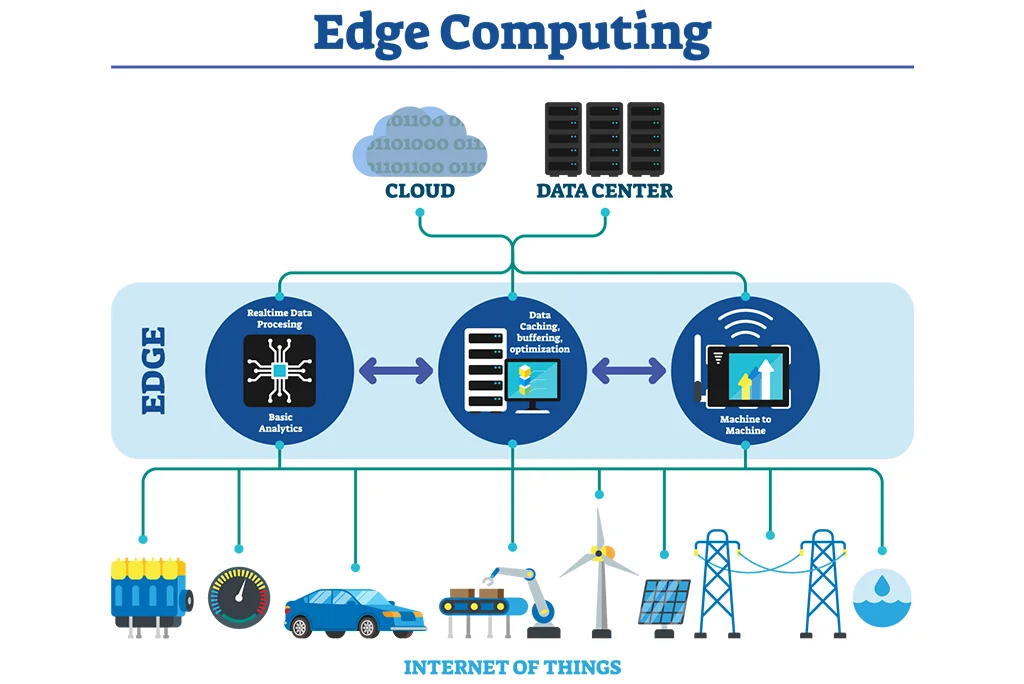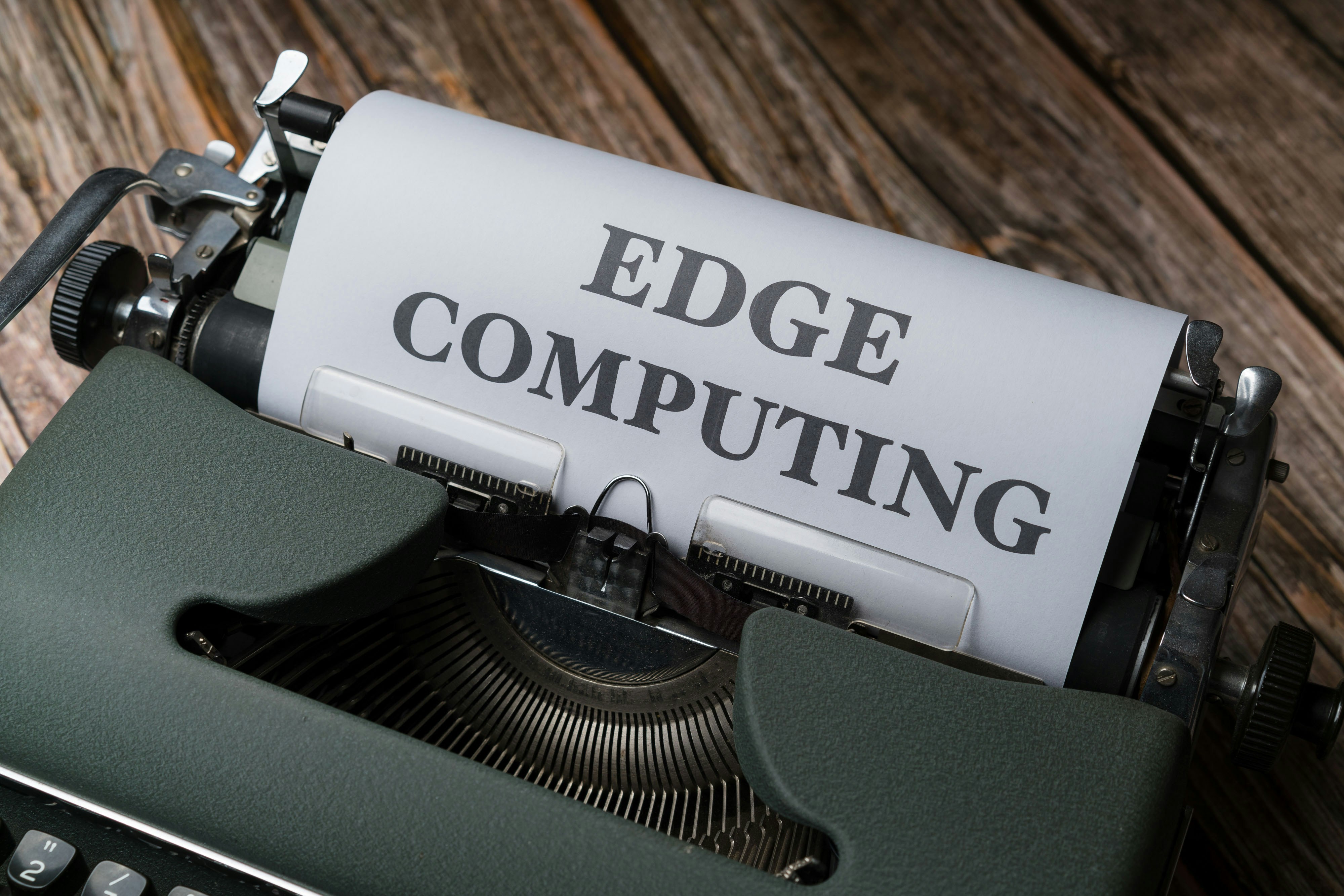What Happens When Everything Moves to the Edge?
QUOTE:
“The edge isn’t the end. It’s a new beginning — where data meets action without delay.”
In today’s hyper-connected world, the shift toward edge computing is reshaping how we think about data, infrastructure, and responsiveness. No longer reliant solely on centralized cloud servers, we’re entering an era where processing happens closer to where the data is generated — at the “edge” of the network.
As we journey into 2025, edge computing is no longer a fringe innovation. It’s a foundational element of modern digital systems — from smart cities to wearable health tech, from autonomous vehicles to smart manufacturing floors.

The Rise of Edge-First Ecosystems
From real-time health diagnostics to traffic management, edge computing is unlocking a future where latency is virtually eliminated. With 5G and advanced microprocessors, everyday devices now carry immense processing power.
Edge computing means that data doesn’t need to travel to a distant cloud before action is taken. Instead, it’s analyzed and acted upon right at the source — creating faster, more secure, and more intelligent systems.Key Trends in 2025
- AI-Enhanced Edge Devices
- Real-Time Processing
- Privacy by Design
Edge devices now include advanced machine learning capabilities, reducing the need for cloud dependency.
No lag, no wait — edge tech supports ultra-responsive experiences for healthcare, gaming, logistics, and more.
With data processed locally, sensitive information is less exposed to centralized breaches, enhancing user control and privacy.
💬 Excerpt:
Edge computing isn't just an upgrade to cloud infrastructure — it’s a paradigm shift. It enables ultra-low latency, decentralization, and contextual awareness. 2025 is witnessing a new wave of intelligent systems that respond instantly, reduce load on cloud centers, and keep data closer to the source.
Performance Metrics
- Latency: Microsecond-level response times
- Energy Efficiency: Up to 50% reduced consumption over traditional cloud computing
- Network Load: Reduced bandwidth usage due to local processing
- Data Sovereignty: Enhanced compliance and control over local data
Accessibility
- Offline Capabilities: Many edge systems work even without full connectivity.
- Custom Applications: Tailored for industries like agriculture, defense, and remote healthcare.
- Intermittent Connectivity Support: Ideal for rural or unstable networks.
- Real-time Data Processing: Enables immediate insights and actions at the edge.
Looking Forward
The edge isn’t just about speed — it’s about proximity, personalization, and precision. As the Internet of Things (IoT), AI, and 5G converge, edge computing will serve as the nervous system of digital infrastructure.
Soon, our cars, homes, workplaces, and cities will think and act faster than ever before — right at the edge.
Ultimately, the edge defines a new era of computing: decentralized, context-aware, and immediate.



Search
Categories
Categories
Recent Posts
Nihil blanditiis at in nihil autem
Quidem autem et impedit
Id quia et et ut maxime similique occaecati ut
Laborum corporis quo dara net para
Et dolores corrupti quae illo quod dolor
Tags